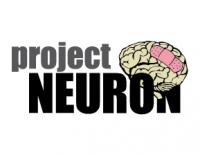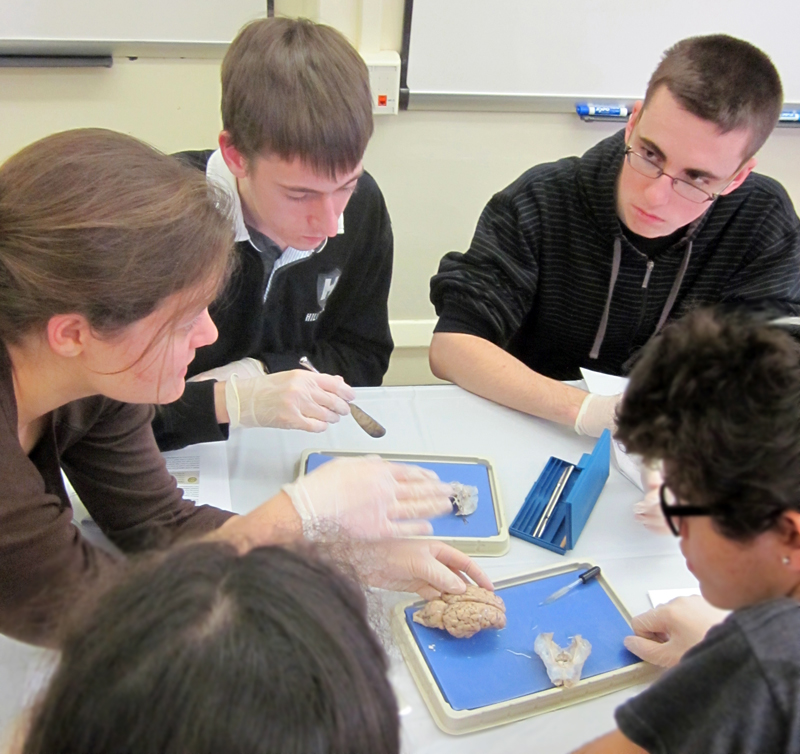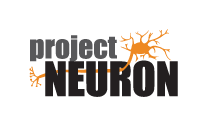Why dread a bump on the head? The neuroscience of traumatic brain injury

Teachers have the option of linking this unit to our extensive and engaging computer game The Golden Hour in which the player makes decisions on the diagnosis and treatment of a patient with a Traumatic Brain Injury (TBI). In this unit, students gain a greater understanding of the brain at the macro level—through a sheep brain dissection and CT scan interpretations—and the cellular level while examining necrosis and apoptosis (types of cell death). Finally, students explore real-world data in a graphing exercise based on sports injuries and create their own summative and educational resource in a class-wide “zine” project.
A stand alone set of teacher materials have also been developed for those who choose to teach only a short unit based on The Golden Hour game.
-
Lesson 1: What is traumatic brain injury?
This lesson serves as the introduction to the “Why dread a bump on the head?” unit. Students are introduced to traumatic brain injury (TBI) through pictures and discussions that help them break down prior assumptions and begin to think about TBI from a scientific perspective. Through reading and discussion of news articles, students learn about the three classifications of TBI (mild, moderate and severe). Students then examine a hypothetical situation where they are the doctor on a brain injury case. Based on knowledge gained from the readings, they identify critical information they would collect about their patient in order to effectively assess their condition after a potential brain injury.
In the second half of the lesson, students play Scene 1 of The Golden Hour, a Project NEURON interactive computer game. Playing in the role of an advanced medical student, students go out with an emergency services medical team to respond to a bike accident in which the biker hit his head. Students learn how to check the patient’s vital signs and assess severity of the head injury and then record their findings in a report for the lead physician. Finally, synthesizing what they have learned, students make a recommendation of what the medical team should do next (a claim), provide evidence from their findings to support this claim, and provide reasoning for how the evidence supports their claim.
Updated in 2014 -
Lesson 2: What does the brain look like?
 In lesson 2, sheep brain dissections serve as a hands-on introduction to basic neuroanatomy. Students have the opportunity to explore the brain in the context of the unit on Brain Injury. Special attention is given to providing a functional understanding of brain regions through an interactive dissection guide. This guide contains directions, supplemental information, and discussion questions so groups of students can engage in the activity at their own pace.Updated in 2013
In lesson 2, sheep brain dissections serve as a hands-on introduction to basic neuroanatomy. Students have the opportunity to explore the brain in the context of the unit on Brain Injury. Special attention is given to providing a functional understanding of brain regions through an interactive dissection guide. This guide contains directions, supplemental information, and discussion questions so groups of students can engage in the activity at their own pace.Updated in 2013 -
Lesson 3: How does a CT scan help diagnose TBI?
In this lesson, students examine computed tomography (CT) scans of people with TBI and learn how to interpret these CT scans. Through readings, a TBI case puzzle, and a segment of The Golden Hour game, students learn to identify the structures of the brain on a normal CT scan and compare them with the CT scans of TBI victims. They identify types of injury such as open head injury, diffuse axonal injury, and hematomas, as well as the loci of injury in the brain. Having identified the loci of injury, students revisit what they learned about functional roles of the different areas of the brain in order to predict the type of impairment or disorder that might be caused by the injury.
In Scenes 2 and 3 of The Golden Hour, a Project NEURON interactive computer game, students conduct a CT scan to diagnose the patient’s brain injury and then perform brain surgery to remove the hematoma. At the end of each scene, students make a recommendation for what the medical team should do next (the claim), provide evidence from their findings to support this claim, and provide reasoning for how the evidence supports their claim.
Updated in 2014 -
Lesson 4: How to build a neuron
After identifying the structures and functions of the brain, students move to the cellular and molecular levels to explore the neuron, the fundamental cellular building block of the nervous system. Students begin by discussing the versatile roles of the nervous system. The first activity in the lesson has student groups design their own neuron, or “Newron,” from scratch, based on knowledge learned in previous lessons and a series of guided questions. The students are then introduced to the anatomy and physiology of an actual mammalian neuron and asked to compare their design to a real neuron. Finally, the students are introduced to the ways in which traumatic brain injury manifests at the level of neurons and glial cells.
Updated in 2014 -
Lesson 5: What happens to neurons after TBI?
In this lesson students learn what happens at the neuronal level after a traumatic brain injury by looking at two modes of cell death: necrosis and apoptosis. Students begin by studying micrographs of individual neurons that are undergoing two different types of cell death. They are guided in making key observations that allow them to identify morphological characteristics of each pathway. Students then go on to analyze gel electrophoresis results from DNA samples taken from injured brain tissue. Through this activity, they learn about the “step ladder” pattern of apoptotic DNA that has been systematically cleaved and the “smear” pattern from necrotic cells in which the DNA degrades more randomly.
Updated in 2014 -
Lesson 6: Exploring the data behind brain injury
This lesson exposes students to the role data access and analysis can play in answering questions about TBI. Students examine data gathered from medical and injury databases, as well as explore public perceptions of TBI through the use of Google Trends. Students first utilize Google Trends to gain insight into the way the public searches for TBI information on Google. They then use the Project NEURON dataset collection to explore publicly available data on the occurrence of TBI injuries in various populations. Students then search for a news article that relates to the subject of one of the available datasets. After, students select a portion of the data to represent visually through a graphing exercise in order to supplement or expand on the information presented in their article. This lesson enhances students' perceptions of how TBI is reported in the media, and it illustrates the importance of data collection in the monitoring of TBI.
Updated in 2013 -
Lesson 7: What can we tell others about TBI?
The goal of this lesson is for students to integrate what they have learned about TBI during the unit and present an idea that relates to the treatment or prevention of TBI. As a class, the students contribute pages that review concepts from the unit in a class zine (pronounced zeen, as in ‘magazine’). The lesson is done in two parts. In Part A, students are introduced to zines, and they spend time brainstorming what they want to include in their zine and how they will put it together. Students are then given time to develop their chapter of the class zine. (This may be done as in-class work or homework. Students may require multiple days to complete their zine chapter.) Then, in Part B of the lesson, students evaluate their peers’ zine chapters by looking for content accuracy, clarity, and coherence of the ideas presented. In the end, the class can present their combined product to inform others in the school about TBI. The class can also go to a community event (on Brain Awareness Day, for example) to hand out their zines.
Updated in 2014

